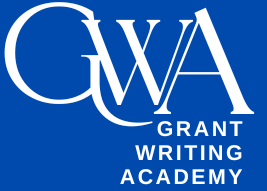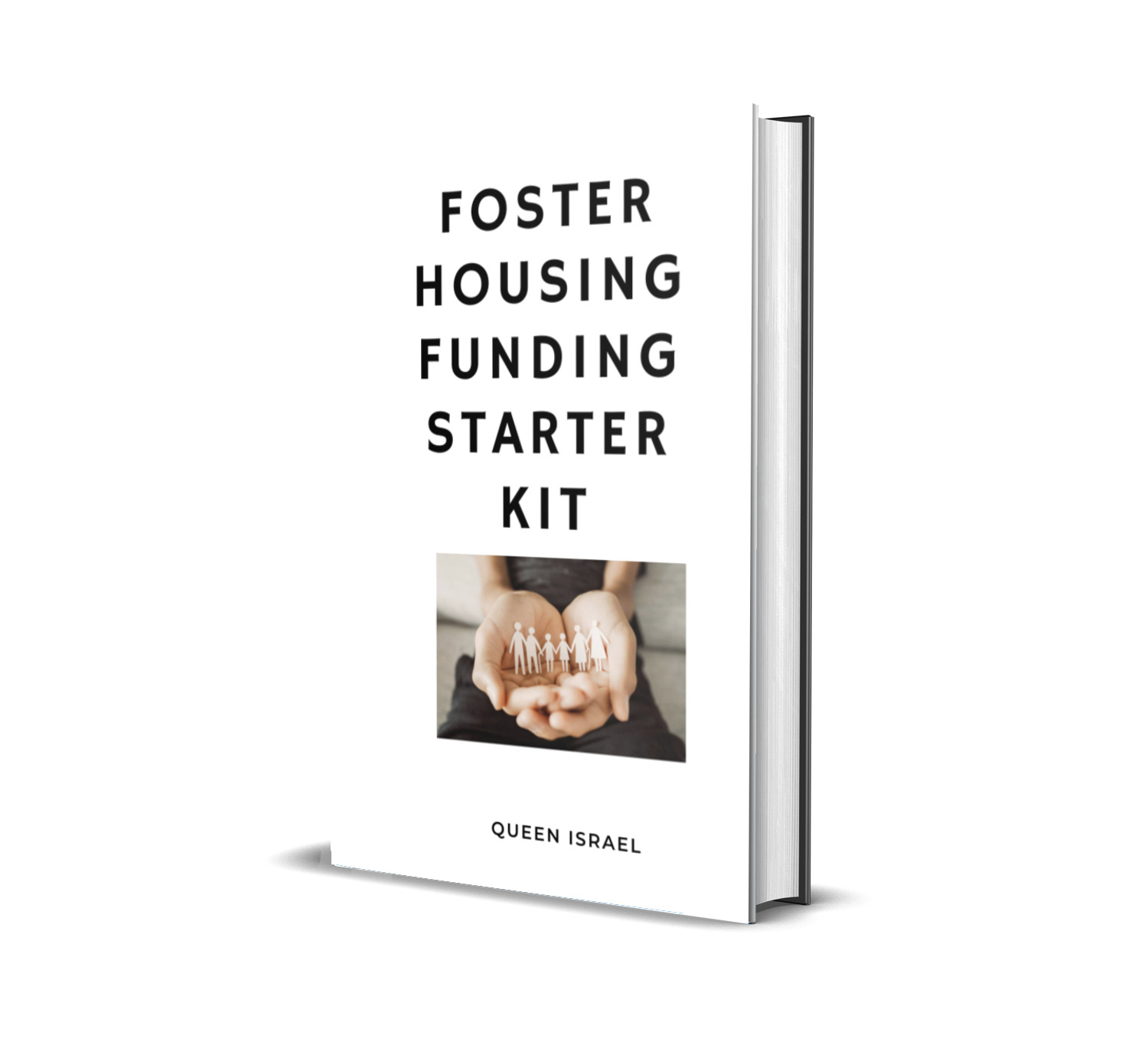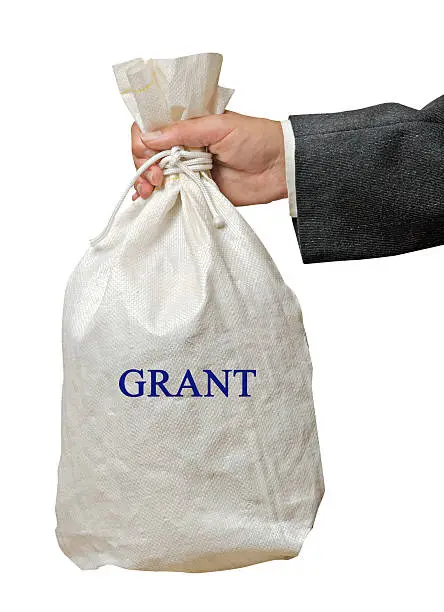A strong needs statement can transform a grant proposal from a simple request into a persuasive story of impact. When you craft a convincing needs statement, you are telling funders why your project matters and how it addresses a critical problem.
In my years of working with grant proposals and witnessing both successes and missed opportunities, I have learned that the power of a well-written needs statement cannot be overstated.
Why a Needs Statement Matters
The needs statement answers one simple question: Why is this project necessary?
Funders want to know that their support will address a genuine and significant need.
A clear and impactful needs statement creates a direct link between your project and the problem it intends to solve.
The Role of Data and Evidence
A key element in writing an effective needs statement is backing up your claims with data. Studies have shown that proposals including robust evidence and data are up to 50% more likely to receive funding.
For example, research from grant-making institutions indicates that proposals that articulate the need with statistics and real-life examples help build trust with the reader. When you include numbers, percentages, and trends, you are not only providing context but also demonstrating that you have done your homework.
Take, for example, a nonprofit focused on reducing homelessness. Instead of a vague claim about homelessness being a problem, a strong needs statement might include specific data like:
“According to the 2023 City Housing Report, homelessness in our area has increased by 20% over the last five years, with over 1,500 individuals currently lacking stable shelter.”
Such figures make the issue concrete and relatable, prompting funders to see the importance of addressing it.
Building Blocks of an Effective Needs Statement
Crafting a needs statement involves several key components. Each part contributes to making your overall argument convincing and grounded in reality.
Here’s a breakdown of the essential elements:
1. Define the Problem Clearly
Start by stating the problem in a simple, direct manner. Use accessible language that leaves no room for ambiguity. The goal is to ensure that even someone unfamiliar with your field can understand the urgency of the issue.
-
Be specific: Instead of saying “There is a need for improved education,” consider: “Low-income students in our community have a 40% lower graduation rate compared to the state average.”
-
Use relatable terms: Phrases like urgent, critical, and immediate need signal the importance of addressing the problem without overcomplicating your language.
2. Explain Who Is Affected
Your statement should highlight the beneficiaries of your project. This personal touch helps funders understand the human side of the issue.
-
Describe the demographic: Mention age groups, communities, or populations most affected.
-
Personal stories: While keeping privacy in mind, brief anecdotes or composite profiles can humanize the data. I recall working with a community center where one story stood out—a single mother juggling multiple jobs, whose children lacked proper school supplies. Her situation underscored the broader problem faced by many in the community.
3. Present Data and Statistics
Numbers lend credibility. Incorporate the most recent and reliable statistics available. If local data is unavailable, look for national or regional studies that support your case.
-
Use recent data: Reference studies, surveys, or government reports. For instance, “Data from the U.S. Department of Education indicates that only 65% of students in under-resourced schools graduate on time.”
-
Visual impact: Consider adding graphs or charts in your actual proposal (if applicable) to visually represent the data.
4. Show the Gap in Current Services
Funders want to know why existing solutions are not enough. Explain how your project fills a gap or improves upon current efforts.
-
Identify limitations: Perhaps existing programs are too few, underfunded, or misaligned with community needs.
-
Highlight potential impact: Articulate how your project will bridge these gaps, such as through targeted interventions or innovative approaches.
5. Connect the Need to Your Project’s Goals
Once the problem and its impacts are clear, relate them directly to your proposed solution. Make it evident how your project is uniquely positioned to address the need.
-
Direct connection: For example, “Our program will provide after-school tutoring and mentoring for at-risk youth, addressing the academic disparities highlighted in the 2022 District Report.”
-
Emphasize results: Use words like measurable outcomes, sustainable, and long-term impact to convey the expected benefits.
Structuring Your Needs Statement
A well-structured needs statement has a logical flow. It starts with an introduction to the problem, moves to evidence, then highlights the gap, and finally ties it back to your project. Here’s a structure that many successful proposals follow:
-
Introduction to the Problem: Start with a brief overview of the issue.
-
Evidence and Data: Follow with compelling statistics and research.
-
Affected Populations: Describe who is impacted and how.
-
Current Gaps: Explain why current efforts are insufficient.
-
Project Alignment: Conclude by linking the need to your project’s goals and expected outcomes.
Using transitional phrases such as furthermore, consequently, and as a result helps maintain a smooth narrative. This not only makes your needs statement more convincing but also easier for funders to follow.
Common Pitfalls and How to Avoid Them
Even experienced grant writers can fall into traps when crafting their needs statement. Here are some pitfalls to watch out for, along with practical tips on how to avoid them:
1. Overgeneralization
Avoid making broad statements that lack specificity. Saying “Many people suffer” is less impactful than detailing the specific population and the severity of the issue.
-
Tip: Always back up broad claims with data. Instead of “A large number of individuals lack resources,” specify “In our county, over 25% of households report not having access to reliable transportation, which limits their employment opportunities.”
2. Lack of Data
A needs statement without hard numbers may seem weak. Data is the backbone of a convincing argument, so ensure you include recent and relevant statistics.
-
Tip: Make use of reputable sources such as government reports, academic research, and industry studies. This lends authority to your statement and makes your request more persuasive.
3. Overly Technical Language
Even though your audience may be experts in the field, using too much jargon can alienate readers who are not as familiar with the subject. Keep your language simple and direct.
-
Tip: Write as if you are explaining the problem to a friend. Replace technical terms with clear explanations whenever possible. For example, instead of “socioeconomic disparities,” consider “inequalities in income and opportunity.”
4. Failing to Tell a Story
While data and facts are important, a needs statement that reads like a dry report can miss an emotional connection. A compelling narrative that includes real-life examples makes the issue more relatable.
-
Tip: Share a brief story or anecdote that illustrates the problem. Even a short narrative about a person or community impacted by the issue can make your needs statement more memorable.
5. Not Linking the Problem to the Solution
A needs statement should not exist in isolation from your project proposal. It must clearly show how your project is the logical response to the identified need.
-
Tip: Conclude your needs statement by summarizing the gap in current services and directly tying it to the goals and activities of your project. This reinforces the idea that your solution is necessary and timely.
Personal Insights on Crafting a Needs Statement
When I first started writing grant proposals, I struggled to balance data with a human touch. I often focused too much on the numbers, forgetting that at its heart, a needs statement should connect with people.
Over time, I learned that blending personal experience with solid data creates a narrative that is both compelling and relatable.
I recall a particular proposal where our team was trying to secure funding for an after-school program in a low-income neighborhood. We had the data—the graduation rates, the employment statistics, the budget shortfalls—but what made the proposal stand out was the inclusion of a story about a local student who had the potential to succeed if given the right support.
This combination of quantitative data and qualitative narrative resonated deeply with the funders.
They were not only convinced by the figures but also moved by the real-life impact our project could have.
That experience taught me that while data is critical, the personal connection you create can be just as powerful.
When you speak from the heart and use language that is both honest and clear, your needs statement will naturally be more convincing.
How to Make Your Statement Stand Out
There are several strategies you can use to ensure your needs statement captures attention:
a) Use a Conversational Tone
Writing in a friendly, approachable tone can make a huge difference. Even though your needs statement is part of a formal proposal, using a conversational style helps to engage your reader. Write as though you are explaining the situation to someone who cares about the issue, and avoid overly complex sentences.
b) Highlight Key Phrases
Throughout your statement, emphasize critical keywords. Terms like convincing, impactful, clear, and sustainable should be woven naturally into your narrative. This not only reinforces your message but also aligns your language with common search terms and successful articles on this topic.
c) Include Comparative Data
Whenever possible, include comparisons to emphasize the severity of the need. For instance, if national graduation rates are 85% while your community’s rate is 60%, point out the disparity. Comparisons like these give funders a clear picture of the urgency and magnitude of the problem.
d) Stay Focused and Organized
A common challenge is trying to cover too much information. Keeping your statement focused on the most critical points is essential. Stick to the facts that directly support the need for your project and avoid tangential information that might dilute your message.
e) Proofread and Revise
A well-polished needs statement reflects the overall professionalism of your proposal. Take the time to proofread your work, and if possible, have someone else review it as well. This process can catch errors and help ensure that your message is as convincing as possible.
Real-World Data and Statistics
Let’s look at some data points that can be used as examples in various needs statements:
-
Education: A 2022 study by the National Center for Education Statistics reported that students in under-resourced schools are 30% less likely to graduate on time compared to their peers in better-funded districts.
-
Healthcare: According to the Centers for Disease Control and Prevention, communities with limited access to healthcare services have a 25% higher rate of preventable diseases.
-
Housing: Research from the U.S. Department of Housing and Urban Development reveals that regions experiencing a shortage of affordable housing see a 15% increase in homelessness over a five-year period.
These statistics are more than just numbers—they paint a picture of why support is urgently needed. Including such data not only strengthens your argument but also builds a bridge between raw figures and the human stories behind them.
Integrating Your Needs Statement with the Rest of Your Proposal
While this article focuses on the needs statement, remember that it is just one part of a comprehensive grant proposal. It must flow seamlessly into the sections that outline your program description, objectives, methodology, and budget
. The needs statement sets the stage by defining the problem; the subsequent sections explain how your project will address that problem.
A well-integrated proposal follows this logic:
-
Needs Statement: Clearly outlines the problem.
-
Project Description: Describes the activities designed to solve the problem.
-
Objectives and Outcomes: States what you hope to achieve and how success will be measured.
-
Budget and Resources: Details the financial requirements and resources needed to implement your project.
When these elements are connected, the proposal becomes a coherent narrative that tells funders exactly why your project deserves their support.
A Few Additional Considerations
When writing your needs statement, consider these final tips:
-
Tailor Your Language: Different funders may have different priorities. Research the organizations you’re applying to and adjust your language accordingly. If a foundation focuses on innovation, stress the innovative aspects of your project.
-
Be Honest and Transparent: Exaggeration or overstatement can harm your credibility. Stick to the facts, and if you mention projections, be clear about the assumptions behind them.
-
Show Long-Term Impact: Funders are interested in sustainable solutions. Briefly touch on how your project will create lasting change, even after the initial grant period has ended.
-
Connect Emotionally: While data is critical, do not underestimate the power of a personal story. Your tone should reflect genuine care and commitment to the cause. A balance between the emotional and the empirical makes for a memorable statement.
Final Thoughts and Call to Action
A convincing needs statement is more than just a summary of problems and statistics—it is the heartbeat of your grant proposal.
It sets the stage by clearly communicating why your project is essential, who will benefit, and how you plan to make a measurable difference.
Through the use of clear language, robust data, and personal insights, you can create a statement that not only informs but also inspires.
I have seen firsthand the transformative effect of a well-crafted needs statement. In proposals where the needs were clearly articulated, funding organizations were able to quickly grasp the urgency and potential impact of the project. This recognition often led to higher success rates and more enthusiastic support from funders.
If you are ready to take your grant writing skills to the next level, I encourage you to subscribe to the Grant Writing Academy Newsletter. In our newsletter, you will gain access to more in-depth tips, strategies, templates, and tools designed to enhance your success rates. Whether you are new to grant writing or looking to refine your skills, our community is here to support you every step of the way.






